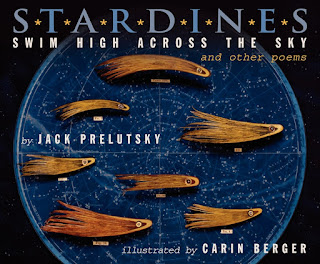 Picking up where 2007 Newbery Honor book Hattie Big Sky left off, Hattie Ever After begins in Great Falls, Montana, where Hattie Brooks has just finished paying off her uncle's debts. A traveling theatre troupe with a fortuitous opening for a wardrobe mistress happens to be passing through town, and Hattie joins up with them long enough to tag along to San Francisco. Her real dream is to be a journalist, though, and she's willing to start at the very bottom: on the San Francisco Chronicle's overnight cleaning staff. She's plucky, bright, and determined to pursue her own goals, even if it means feeling conflicted about her romantic future and learning a few unpleasant truths along the way.
Picking up where 2007 Newbery Honor book Hattie Big Sky left off, Hattie Ever After begins in Great Falls, Montana, where Hattie Brooks has just finished paying off her uncle's debts. A traveling theatre troupe with a fortuitous opening for a wardrobe mistress happens to be passing through town, and Hattie joins up with them long enough to tag along to San Francisco. Her real dream is to be a journalist, though, and she's willing to start at the very bottom: on the San Francisco Chronicle's overnight cleaning staff. She's plucky, bright, and determined to pursue her own goals, even if it means feeling conflicted about her romantic future and learning a few unpleasant truths along the way.I happened to be listening to the audiobook of Neil Gaiman's breathtaking new novel, The Ocean at the End of the Lane, while I was reading Hattie Ever After. About halfway through both of them, something funny occurred to me. I was reading a book with a seven-year-old protagonist and a book with a seventeen-year-old protagonist, but only one of them was appropriate for children under fifteen. Can you guess which? (Hint: Neil Gaiman's not going to be winning a second Newbery this year.)
It's a funny criterion, "excellence of presentation for a child audience." How do we decide exactly what that means? In practice, it's often the publishers who decide, and occasionally it can vary from one place to another. The Book Thief was originally written for and marketed to adults in Zusak's native Australia. Here in the U.S., it was marketed to teens and snagged a Printz Honor. And then there are those weird alternative Harry Potter covers for embarrassed adult readers, but that's another story...
What of Hattie? As I noted, she's seventeen as the novel begins, which ordinarily would set off an age range warning bell, but a lot of people are putting this one on their Newbery lists, so I read on. And really, there's nothing here that wouldn't resonate with a fourteen, thirteen, even twelve-year-old reader. The historical setting helps - though there's a touch of romance, it never progresses further than two very chaste kisses. And though Hattie spends the entirety of the book working in the adult world, her dilemmas mirror those of many middle school girls who are just discovering their own passions and taking steps to pursue them.
There used to be more books like this one - back before the advent of children's publishing (not that that was a bad thing!) and increasingly fragmented marketing - and I think there's still a place for them. After all, we still shelve our Louisa May Alcott and our L.M. Montgomery in the children's section, though their heroines are well into motherhood by the time their series end. When I actually worked with the public, I had daily requests for "gentle" (read: not explicit) reads, and I would love to put thoroughly modern Hattie into their hands - along with, if not instead of, the pious March girls.
Hattie, with her strong voice and equally strong mind, is a character worthy of any reader's attention, and I think her sequel stands plausibly on its own. I haven't read the first book, and though I think it would have added some character depth, I wasn't lost without it. This book may attract new readers as well, with its well-realized urban setting and intriguing details about newspaper offices, con artists, and other highlights of the post-WWI west coast. It's not among my very favorite books of the year so far, but it's certainly a strong contender.
Published in February by Delacorte Press (Random House)



